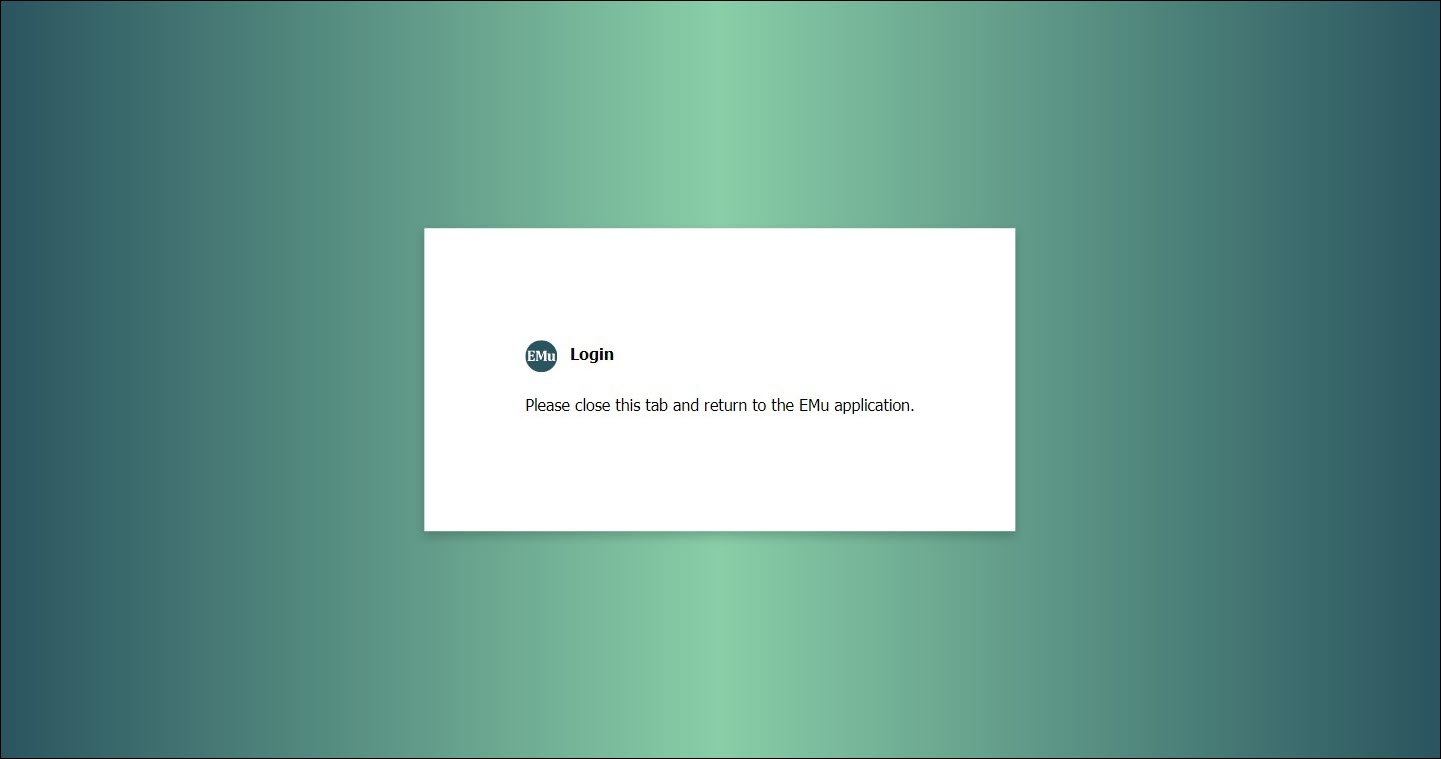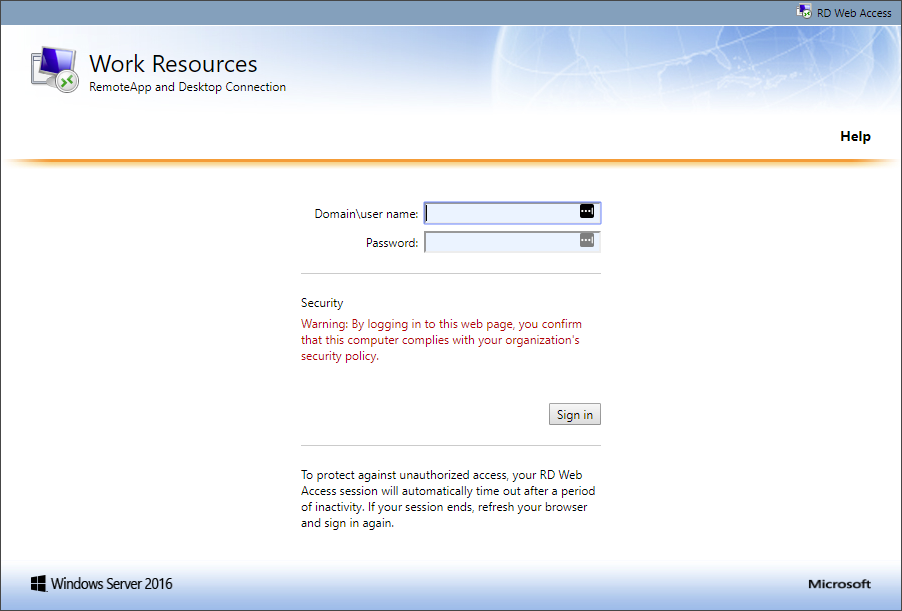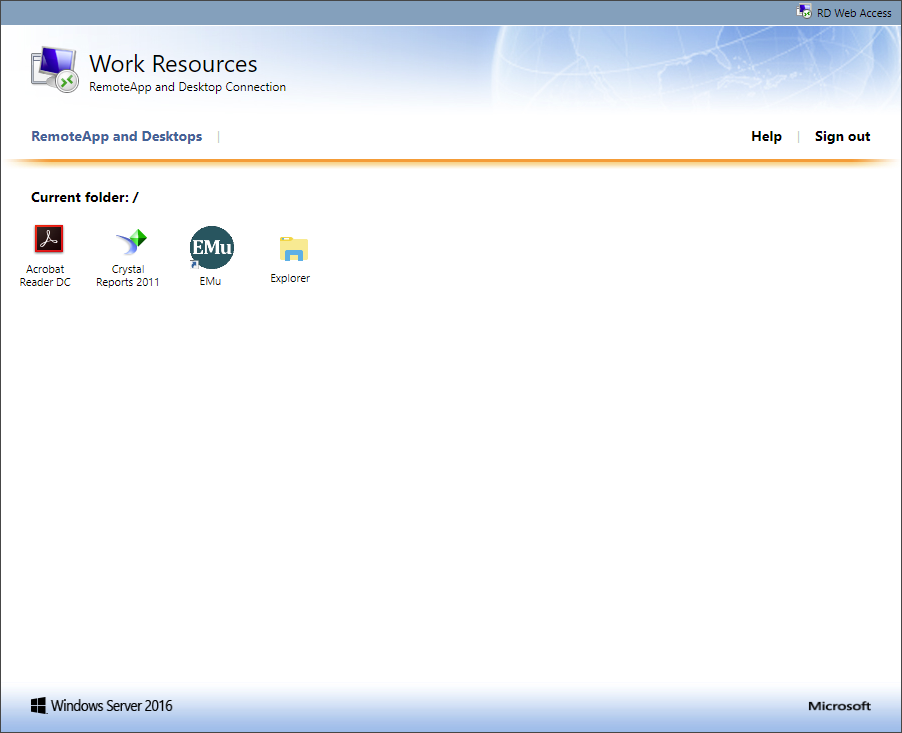EMu 6.5 introduced the option to use OpenID Connect (OIDC) to authenticate access to EMu. The OIDC protocol allows an application to delegate authentication to an external identity provider. The identity provider handles confirmation of the user's credentials in a web browser and then authorizes the application, via a secure mechanism, to allow access to some of the user's basic profile information such as their name or email address.
Details here.
To begin working with EMu you must first log in with a username and password. You may also need to specify which version of EMu to use.
In EMu, everything! Access to every aspect of EMu (modules, fields, functionality and more) is determined by the permissions assigned to a user and / or the groups to which the user belongs. When a user logs in to EMu all of the permissions assigned to the user are assessed and the system is customized accordingly.
A username is the key to working with EMu.
The Permissions model is described in detail in the Administration section of the Help.
- Double-click the EMu
 desktop shortcut
desktop shortcut-OR-
Select Start>All Apps>EMu.
The EMu Login box will display.
- In the Login box:
- Enter the name of the EMu server in the Host field.
- Enter your username in the User field.
- Enter your password in the Password field.
 No Password field?
No Password field?From EMu 6.5 onwards, organizations are able to use OpenID Connect (OIDC) to authenticate access to EMu. OIDC allows an application like EMu to delegate authentication to an external identity provider (Microsoft, Google, etc.); the identity provider handles confirmation of your credentials in a web browser and authorizes EMu to access basic profile information such as name or email address.
If your organization has implemented OIDC authentication, the EMu Login box displays without a password field as EMu does not itself authenticate your account:
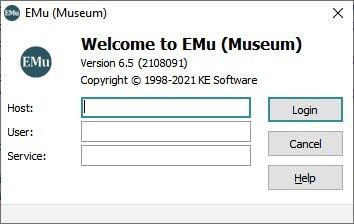
Details about what happens when you select the Login button are provided below.
- Enter the name of the EMu service in the Service field.
In your institution's implementation of EMu, there may be a number of services (there could be a live service and another service for training). Service might be a name (e.g. Training) or a number:

Note: Your System Administrator can provide you with these login details.
If you are a member of more than one group, a Group drop list will be included in the Login box:

Select the group you wish to log in as from the Group drop list.
Tip: It is possible to switch groups at any time.
- Click Login.
Tip: Typically, you only need to enter your username and password as the other details are unlikely to change and are remembered by EMu. If you are the only user to log in at a particular computer, you'll normally only need to enter your password.
 No Password field continued: your organization has implemented OIDC authentication
No Password field continued: your organization has implemented OIDC authenticationWhen you select the Login button, your browser will open to the identity provider's authentication page where you enter your credentials.
Notes:
- When signing in for the first time you will be prompted to allow the application to access basic profile information such as your name or email address. You should not need to authenticate again!
- EMu will display an error and return to the login box if sign-in is not completed within 5 minutes.
Once authenticated, you will be redirected to a confirmation page and EMu will then connect to the EMu server:
Going forward, you should not need to authenticate again when using EMu, at least until you sign out of the identity provider.
Note: For instance, if your organization uses Microsoft Azure as the identity provider and you sign out of Office 365, you will need to authenticate again next time you log in to EMu.
Depending on the identity provider and your default browser, the confirmation page may remain open.
On successful login, the EMu Command Centre will display.
From the Command Centre you can open one or more modules.
- Click
 in the Command Centre
in the Command Centre-OR-
Click the
 in the top right corner of the Command Centre.
in the top right corner of the Command Centre.If you have made changes to a record and not saved it, the following warning message will display:
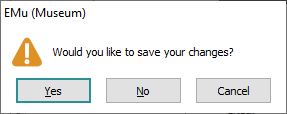
In this case you would click:
- Yes to save the changes and exit EMu.
- No to exit EMu without saving the changes.
- Cancel to return to EMu.
The Command Centre and all open module windows will close.
As the Axiell hosted service uses HTTPS, it is necessary that your institution allows internet communication via port 443 (HTTPS).
If Axiell hosts EMu for your institution in one of its regional data centres, use the following instructions to connect to EMu:
You access your hosted EMu service with a remote desktop connection installed on your PC. It is first necessary to download an RDP file to your local PC - it is only necessary to perform this step once.
- In your web browser, navigate to:
- https://rdweb.hosting.melbourne.axiell.com
-OR-
- https://rdweb.hosting.sydney.axiell.com
Tip: Your System Administrator will tell you which address to use.
The Login screen displays:
- https://rdweb.hosting.melbourne.axiell.com
- Enter your username and password.
When entering your username, you must include the domain: HOSTING\<username>
For example:
HOSTING\gerard - Click Sign in.
All applications that you have access to will be listed:
- Click the EMu RDP icon for the EMu service you will be connecting to (there may be more than one: a training service and the live production service, for instance).
An RDP file will be downloaded to your PC's default download directory (typically Downloads).
- Locate the downloaded RDP file (it will have a
.rdpextension).Running the RDP file will create a connection from your PC to the remote server. As you will need to run this program any time you want to work with EMu, you will probably want to move the
.rdpfile to another location on your PC (perhaps the Desktop).
- Double-click the EMu RDP file located on your PC to launch the Remote Connection.
A window similar to the following will display:
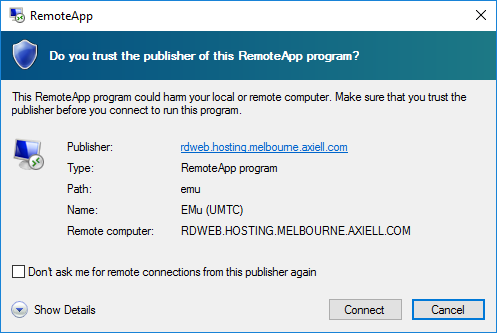
To stop this window displaying in future, click the checkbox beside Don't ask me for remote connections from this publisher again.
- Click Connect.
You will need to log in to the remote desktop session:

- Enter your username and password and click OK.
These credentials will be the same as those you used above.
Tip: Your System Administrator will provide you with login details.
Your PC will connect to the remote service and the login box for your hosted EMu service will display.
- Log in to EMu.
When you are finished working with EMu, logout of EMu (this will also close the remote desktop connection).
When you connect remotely, an RDP icon will display in your PC's System Tray (typically bottom right corner of your monitor):
![]()
You can also right-click this icon and select Disconnect to close the connection.
If you receive the error message Cannot send to remote host (Number 310) when attempting to close the connection to your hosted service:
- Press
CTRL+ALT+END.A screen similar to the following will display:
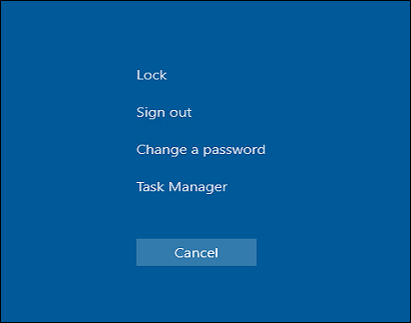
- Select Sign out to close the connection.
You access your hosted EMu service with a remote desktop connection installed on your Mac. It is first necessary to set up a connection using the Microsoft Remote Desktop - it is only necessary to perform this step once.
When your connection to the hosted service is set up:
- Open the Microsoft Remote Desktop app to connect to your hosted service and launch EMu.
- Close the Microsoft Remote Desktop app to disconnect from the hosted service.
- If not already installed, download the Microsoft Remote Desktop app from the Apple App Store.
As a minimum, Microsoft Remote Desktop 10 is recommended:
- Launch Microsoft Remote Desktop.
- Select the + and then select Feed:

The Add Feed box will display.
- Enter the Feed URL:
- https://rdweb.hosting.melbourne.axiell.com
-OR-
- https://rdweb.hosting.sydney.axiell.com
Tip: Your System Administrator will tell you which address to use.

- https://rdweb.hosting.melbourne.axiell.com
- Select Find Feed.
The Select user account box displays:

- Select Next and enter your account details in the following box:

Tip: Your System Administrator will provide account details.
The format of your username is:
Hosting\<username>
- Select Feeds to access all applications you have access to:

- Double-click an application, EMu for example, to launch it.
- Close the Microsoft RDP to disconnect from it.
You access your hosted EMu service with the Microsoft Remote desktop app installed on your mobile device (Android or iOS).
-
Install the Microsoft Remote Desktop app (search the Google Play store or Apple's App store) and run it.
- Add a remote desktop connection by selecting the + and then Remote Resource Feed:

The Add remote resource feed screen displays:

- Enter the Feed URL:
- rdweb.hosting.melbourne.axiell.com/rdweb
-OR-
- rdweb.hosting.sydney.axiell.com/rdweb
Tip: Your System Administrator will tell you which address to use.
- rdweb.hosting.melbourne.axiell.com/rdweb
- Tap Choose user account and select Add user account) to provide a username and password.
The format of your username is:
Hosting\<username>
e.g.
Hosting\gerard - Select Save.
- On the Add remote resource feed screen, select Save.
Once the app is installed and set up:
- Open the Remote Desktop app.
- Select the APPS tab.
-
Select an app, EMu in this example, to connect to the remote server and launch the app:

- Select CONNECT when prompted:
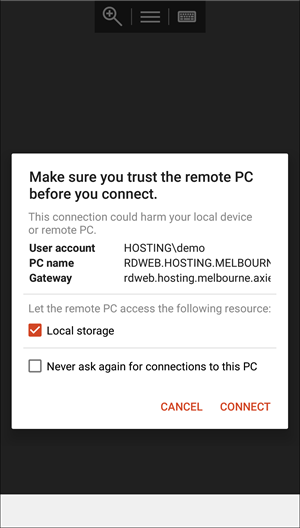
To disconnect:
- Close the app (in any way you normally would, e.g. File>Close).
-OR-
- Select the menu icon at the top off the RDP screen.
- Select X beside the open app icon:

